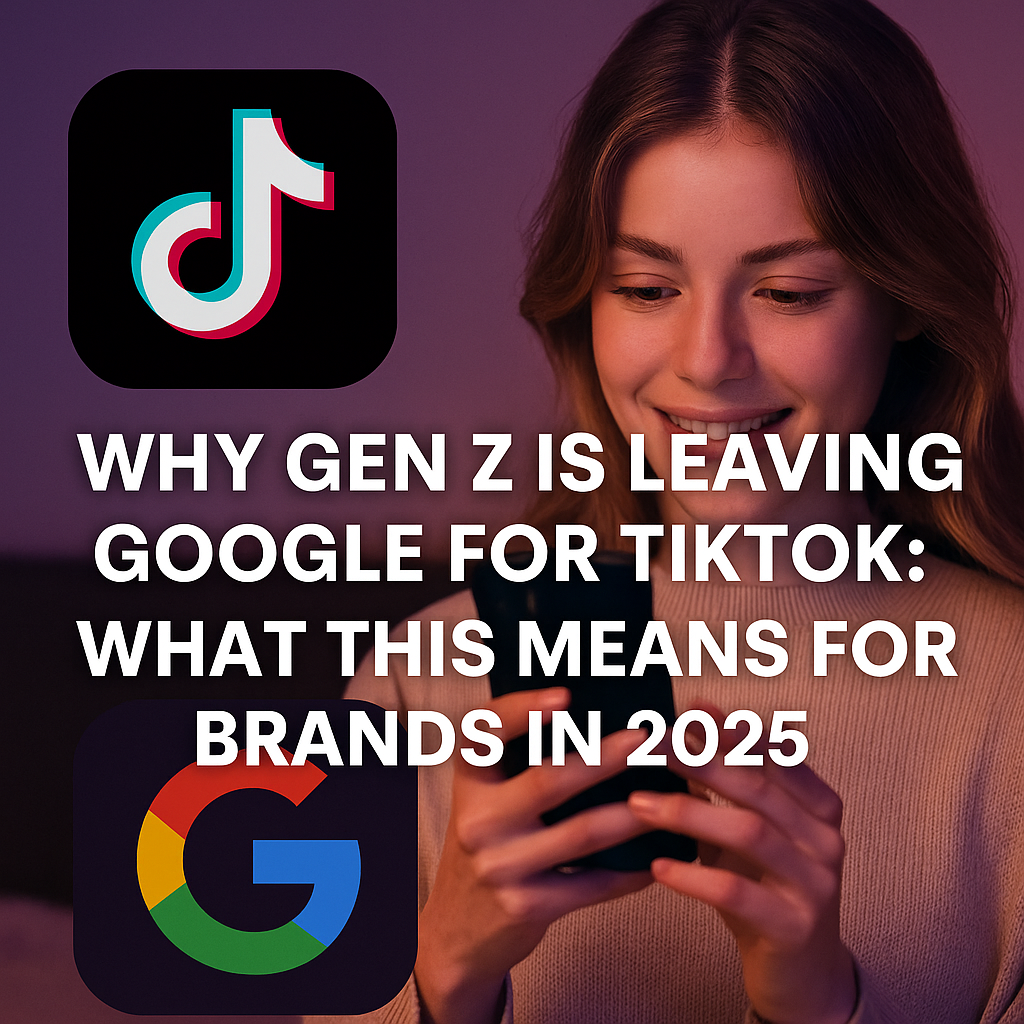
Why did both the founders of iLike and FriendFeed decide to sell for low cash values? Many people would simply say “look at a chart of the stock market from October 2008 to March of 2009 and you’ve got your answer.”
Notwithstanding the credit crisis, these companies are very unique compared to most venture-backed startups.
In both cases the founders had the experience and financial capacity (LinkExchange and Google) to personally invest cash in their first professional rounds of capital. That unique situation means that founders in these companies are probably able to get 100% of the cash they put into the deals personally returned them when the transactions close.
Certain founders of both iLike and FriendFeed had the same liquidation preferences (right to get their money back first, ahead of common shareholders and optionees) that VCs in the deal had. The founders had these rights because they paid the same amount of cash per share for the same Series A (or first round) preferred stock VCs purchased.
Some charts output from Liquid Scenarios Search2Model prove this for the MySpace acquisition of iLike for $20 million in cash.

The founders of iLike and FriendFeed also held the power to decide whether or not to accept the MySpace and Facebook offers to purchase their companies. In the case of iLike this control is partially due to a pretty high Series B valuation, which was more than twice as high as what the company agreed to accept from MySpace (a sales price of $20 million to MySpace, versus a Series A pre-money valuation of $39.9 million, $53.3 million post money).
In the case of FriendFeed, the founder’s control is also a function of being acquired in the early stages of the company’s life. In this case, the FriendFeed Series A pricing gave new investors around 25% of the company, which meant management still controlled the board, although Series A holders would have the ability to reject (or not “consent” to) certain transactions (such as selling the company to Facebook in exchange for 30% in cash and 70% in restricted Facebook stock for example).
So try to put yourself in the (very big) shoes of these founders. You have substantial cash invested in your startup, but at the same terms as the VCs. However, the financial world has nearly collapsed in the past 10 months. If you raise another round, you face the prospects of further dilution. If you don’t raise another round or get acquired on terms the majority of preferred shareholders can agree upon, you risk the loss of both your company and the substantial cash investment you’ve made. On top of all of that, any real estate and public securities you own are down by 20% to 50%.
Now, an acquirer comes along and essentially offers you a) a return of your initial investment in the company b) the backing your venture needs to grow into the game changing reality you envisioned originally. What would you do in that situation?
ADDITIONAL CHARTS AND ANALYSIS
Most founders of venture funded companies never get an “even money” option (since most founders don’t have the cash or backrounds to co-invest in a Series A deal). Some of the founders of iLike and FriendFeed appear to have had such an option. That option may explain why both deals were actually better deals for the stakeholders than some might perceive at first glance.
As illustrated in the previous chart , investors in the Series A (or A-1), and Series B shares most likely simply got a return of their original investment. For most VCs, that would not be a good ending to a three to seven year investment. However, for a founder that put Series A cash in, gets it back, gets some additonal return from common stock and options and sees their venture stay alive, certainly not the worst resolution. This is illustrated in part in the chart below.

According to the first estimates generated by Liquid Scenarios Search2Model, the Series A holders, which in this case includes a Founder as well as Vinod Khosla, would get 100% of their initial investment back at the $20 million sale price, but would get nothing more than that unless the company sold for more than $25 million.
Similarly, Ticketmaster would not see more than 100% of it’s original investment returned unless the company sold for more than $52.2 million. This is due in part to the fact that employee options would have invested and also because of any restricted grants (or reverse vesting grants) to key personnel that were co-founders have probably also vested.
*Charts and analysis for the FriendFeed transaction will appear in a separate post.
**Note. Liquid Scenarios Search2Model assumed the convertible preferred was non-particpating preferred, which means holders can either take the liquidation preference (original investment amount) or convert to common stock, but can’t do both (with participating preferred they could potentially do both, which would result in returning more than their original investment).
(Image Source: Dogs Playing Poker – Cassius Coolidge)
(All other graphics and charts output from Liquid Scenarios (R) Search2Model (TM))




















